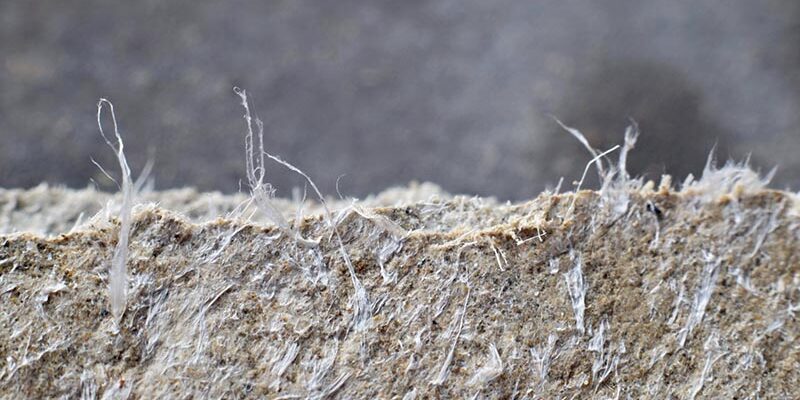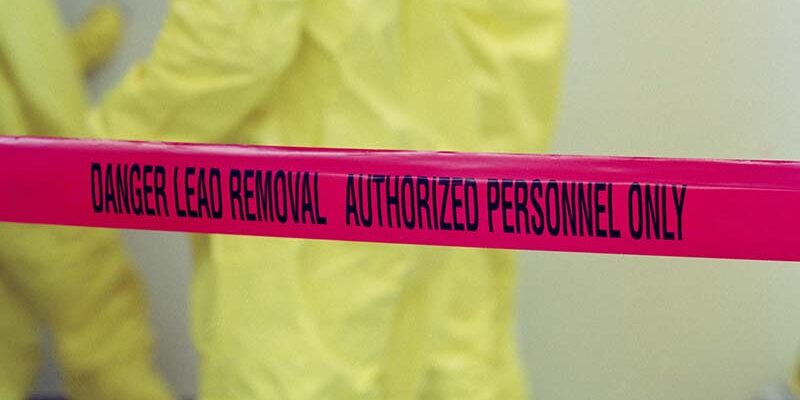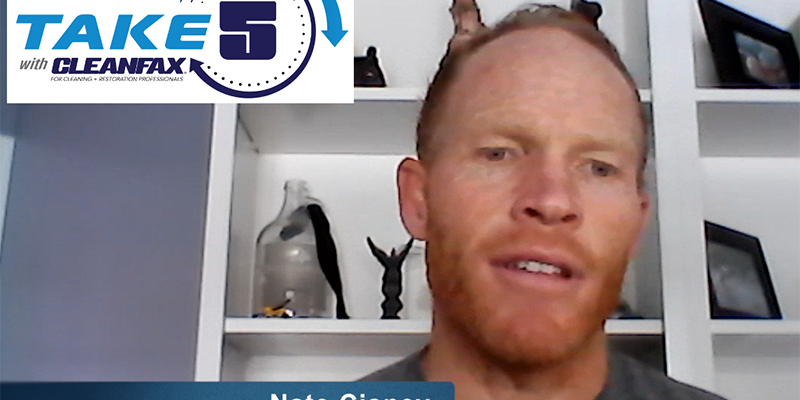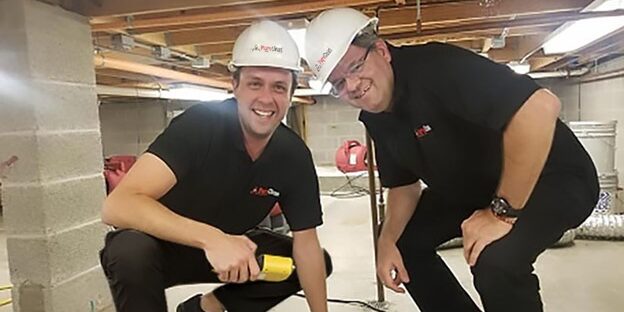Odor Mitigation Strategies

Editor’s Note: The content in the following is from the “How the Pros Do It: Odor Mitigation Tips, Strategies, and Best Practices for Cleaning and Restoration.” Mark Cornelius and Cara Driscoll, both IICRC-approved instructors, were the featured panelists. The event was sponsored by IOTG. Learn more about IOTG at www.internationalozone.com.
Is it true that the one thing we as cleaners and restorers can’t guarantee is odor removal?
Cara Driscoll: Odor removal is difficult to guarantee for many, many reasons. Such as animals that continue to urinate in the home after urine removal treatment. But this is the case also because psychological odors are impossible to remove; therefore, I tread cautiously when “guaranteeing” complete odor removal.
Mark Cornelius: In my opinion, as long as I know I can get to the source of the problem, I can guarantee that certain odors will be gone. With that said, I will give provisional warranties when it comes to odors.
Do disinfectants have any role in your odor remediation processes?
Cornelius: If you are cleaning something for an odor then you need to use a cleaner. If you are trying to inactivate, kill, or destroy a microorganism, then you use a disinfectant. If you have the odor of mold, then you have mold and need to address the actual problem. There are occasions when a disinfectant could be used for odor mitigation like pet urine or protein issues, but once again, almost every biocide is tested on previously cleaned nonporous surfaces. So, let’s get to cleaning and leave the disinfectants for the surfaces they were tested on.
Driscoll: My answer would simply be no. As Mark states, disinfectants are used to kill or inactivate microorganisms after proper cleaning. The basics of odor remediation are source removal and cleaning. I don’t see many instances where a disinfectant would be useful to remediate an odor.
Can you use aqueous CLO2 for source removal?
Cornelius: All oxidizers including liquid ones must have cleaning capabilities designed for the task at hand. If you have a heavy synthetic PIC residue and you are just using a liquid oxidizer (bleach, peroxide, CLO2) with no surfactant that can emulsify the gross contaminate then you are wasting your time.
All an oxidizer can do is oxidize the surface, or crust, blocking the remaining odor molecules from getting into the breathing zone of the occupant. Utilize an appropriate cleaner for the soil then engage a product such as liquid CLO2 for odors that your GPC can’t touch.
If the CLO2 product is formulated with a surfactant that will break down the target soil, then an all-in-one cleaner could be appropriate. Keep in mind that even most “one-step cleaner disinfectants” state you must first clean the gross contaminates from the surface then reapply the product for proper disinfectant activity.
How do you remove the carbon odor build-up after fires on the premises?
Cornelius: After the initial “knockdown” phase of a fire/smoke project, you are chasing the odor particles down to their gaseous (molecular) form. First, clean the large particulates off of surfaces.
The majority of the products on the market used for the cleaning and restoration industry incorporate chemistry to address the target problem, PIC (particles of incomplete combustion) in this case. Once the surface has been cleaned using a general-purpose cleaner, products can be applied that will address the odor a little more specifically.
People must understand that liquid products can only penetrate so deep into a surface due to the size of the water droplet. This is where gas phase deodorizers (ozone, hydroxyls, Clo2, and the like) come into play. These items address the remaining odors that may have gotten into pores or tough-to-reach areas.
For all we do, we have the basic four steps to follow:
- Step 1: Remove the source.
- Step 2: Clean the source area.
- Step 3: recreate conditions/penetration.
- Step 4: Seal.
If steps 1-3 are not properly followed for odor mitigation, it does not matter how much encapsulant or sealer they spray.
Driscoll: I would add or just reiterate that the fastest, most effective way to reduce carbon odor build-up immediately following smoke/fire damage is to ventilate the building and employ AFDs with carbon (charcoal) filters.
Some people have the perception that because something smells like roses or gardens and pine that it is cleaned. We should never replace one scent with another. What are your thoughts on that?
Driscoll: If someone believes that fresh linen or lemon or pine scents mean something is clean, then I can add those fragrances to my cleaning solutions. During my conversation with the customer, I ask if they prefer a fragrance or no fragrance at all. Then, I understand and can manage their expectations of “clean.”
Cornelius: We as restoration contractors depend on deodorizers, but most fragrances are re-deodorizers/masking agents.
The only real benefit to using a “masking agent” is to address the psychological odor from the start. We should never use a masking agent, in my professional opinion. The restoration contractor can select respirator cartridges that would allow for organic vapors to be detected while filtering out the bad particulates. The client should not be smelling the bad smell once the contractor has taken possession of the work site because the client should not be in the danger zone.
I know that will never happen in our industry; however, we must stop using masking products from time to time to ascertain if we are making progress. If you do use them, use them as sparingly as possible.
The industrial plant I clean is 24/7/365. What can I do to help keep odor down, not necessarily eliminate it? My techs are in and out of restrooms twice a day. What can I teach them to do to help with odor mitigation?
Driscoll: Consider increasing or adding additional ventilation and/or the addition of charcoal filters to the air filtration system. Without the ability to truly clean surfaces, maintaining heavily used restrooms is difficult. Deodorizers can be added to busy restrooms in the form of scented urinal blocks, urinal mats, and toilet deodorizers. If the urine has made it to any components behind the tile, the smell can continue to come back.
Cornelius: Without knowing the cleaning protocols currently in place, it is very difficult to coach on any additional steps. Restrooms are tough to deal with when you have a limited clean time. When urine absorbs into items, especially grout lines, we do not really get the ability to perform the third step, which is recreate conditions/levels of penetration.
This is especially tough when this is a 24/365 facility. You can try to apply strong masking agents that will last between cleaning cycles, but that will probably attract complaints from the client. Not everyone likes the overwhelming smell of lemon or cherry.
If they could get the client to agree to shut one of the restrooms down for a day or two and the crew was able to properly address the problem, they might be able to get ahead of the odor mitigation issue. I stress, might be able to.
What do you do about urine-soaked wood flooring?
Cornelius: This is probably the easiest one to answer, but the client will not like it. Remove the wood floor, discard the wood floor, address the subfloor, and install a new wood floor after completing all the steps of cleaning and deodorizing. They will probably have to seal the subfloor.
Can you save a carpet pad that has been contaminated with urine? Or is it better to just replace it?
Cornelius: What is the value of the carpet? Is it a brand-new carpet and a brand new pet that has only had a couple of accidents, or is it 10-year-old carpet with a previous occupant with a pet?
Carpet underlay is cheap. If there are extensive pet spots throughout the room, then the spots are much larger than what they can see on the surface. I have never found cleaning the padding to be cost-effective. You are still going to have to reinstall the pad and the carpet as well as address the other issues like the subfloor. Replace it, don’t clean it unless you want complaints later.
Driscoll: For minor urine in carpet pads, one could use flushing and sub-surface extraction tools to rinse and remove the urine from the pad. Injecting oxidizers or enzymes into the pad is another option. But heavy urine damage requires removing the relatively inexpensive pad.
How do you remove odors from concrete?
Cornelius: How long has the odor-causing issue been present? I sound like a broken record. Step 1: Remove the source. Step 2: Clean the source area. Step 3: recreate conditions/penetration. Step 4: Seal.
When it comes to concrete, how long has the issue been there? If the problem is pet urine, for example, if the pet has been urinating in the same area for five years, there is no way I can recreate the conditions, unless they want me to move in with them. The likelihood is, as much as I avoid sealers/encapsulation, step 4 will happen 99% of the time due to the inability to complete step 3.
If it is a protein decomposition odor that has only been a few weeks, you might be able to address it with localized gaseous/liquid oxidizers and heat to open pores. The heat will speed up decomposition of odor molecules and open pores of the concrete allowing products to penetrate deeper. They may still have to incorporate step 4, however.
Driscoll: If odors are deeply set in concrete, use an epoxy sealer after thorough cleaning.
When do you know if it is best to discard or clean in a trauma situation?
Cornelius: You are going to have to consider multiple aspects. This is where economics come in to play. What is the item worth and how much will it be to clean it? Will the cost of cleaning it to the point that the item will be returned in a sanitary condition be worth it or not?
When it comes to the odor aspect, it is no different than any other odor. Once it has been cleaned, it should not smell. If it is a soft good, then once again gaseous/liquid oxidizers can be incorporated.
The restorer will have to have the client involved in determining the actual cost of an item to determine if there is any economics to it. In closing for this question, they should strongly consider taking the IICRC Trauma and Crime Scene Technician (TCST) course, purchasing the S540 Standard for Trauma and Crime Scene Cleanup, and reading it. In the S540, we discuss the ability to clean porous, semi-porous, and nonporous as well as saturation vs splatter, and transfer of biologicals.
Driscoll: My only comment on this one, as Mark states: Attend the TCST class, and read the S540. That will answer this question.












